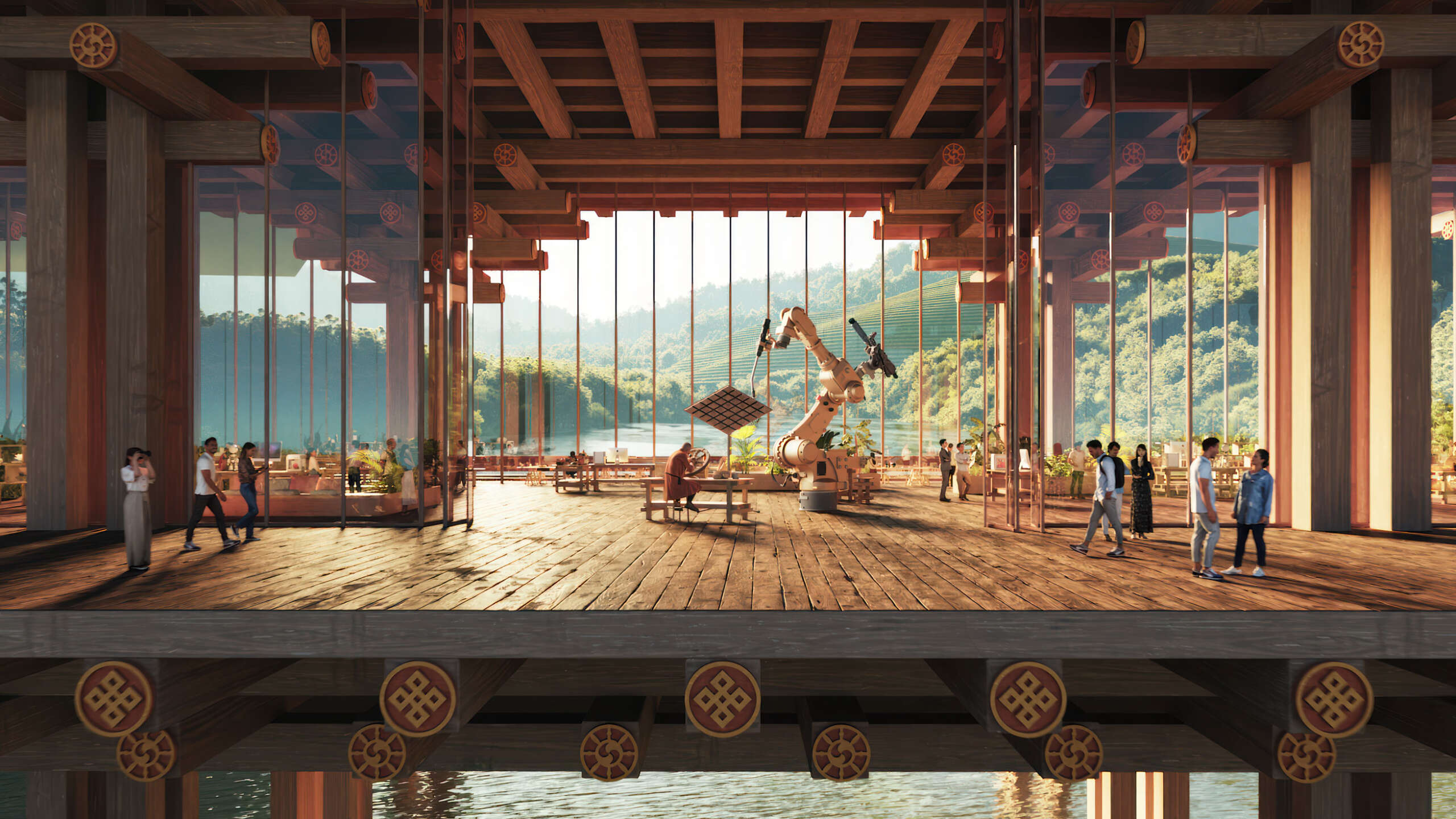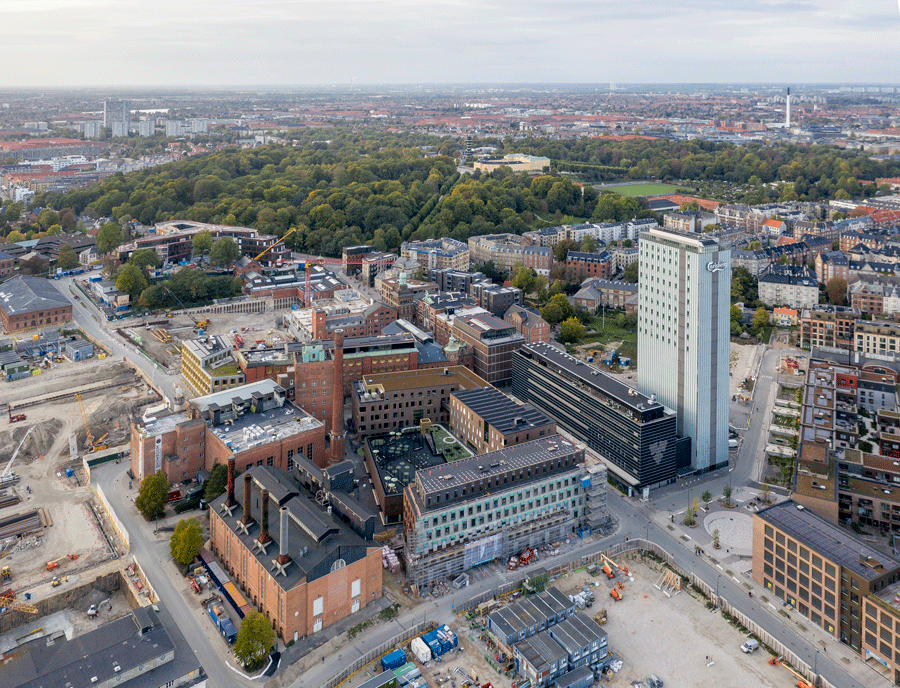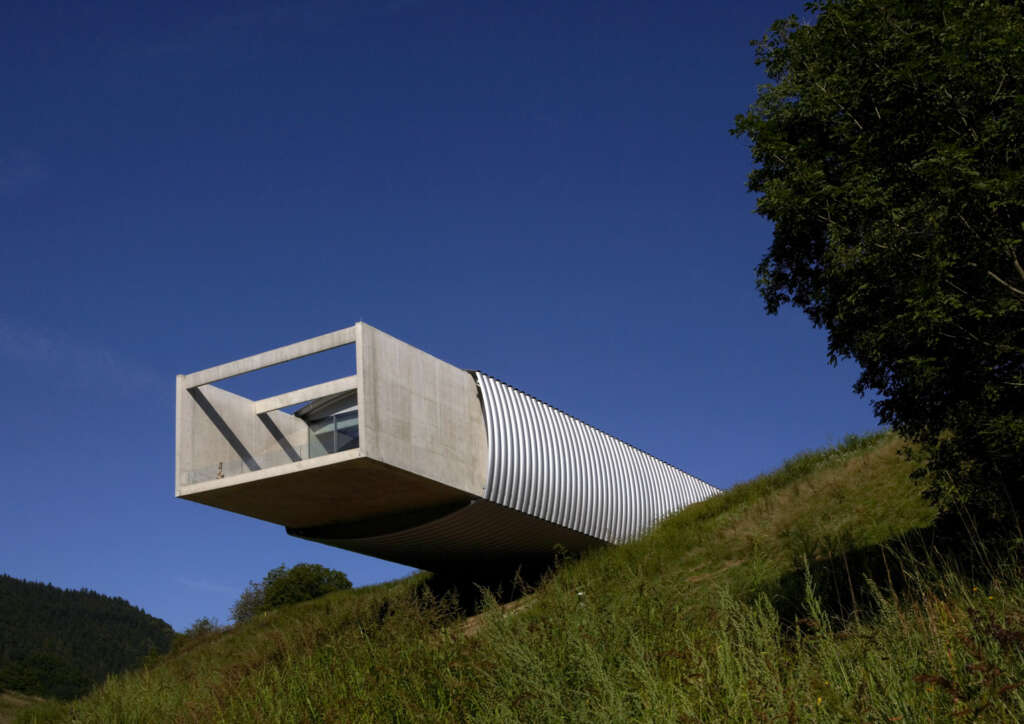
Museum Liaunig
Architect: querkraft
Location: Carinthia, Austria
Type: Museum
Year: 2015
Photographs: querkraft
Task
The following description is courtesy of the architects. A museum for Herbert Liaunig’s extensive, private art collection that regarding its remote location needs to attract visitors and create a space for contemplative indulgence in art. At the same time, the budget and the building operating expenses should be kept to a minimum.
Opening in 2008
In order to keep the expenses low and the energy strategy optimal is 95% of the building
underground – the excavated earth has been distributed on the site. When entering the building
one passes by a large viewable storage area, a wine cellar for art, which leads to the light filled
main hall, the central space of the building. As a contradictory to the contemplative viewing of art,
in this space visitors get a dramatic orchestration intensified through the views of the surrounding
terrain. The impression of being underground does not occur.
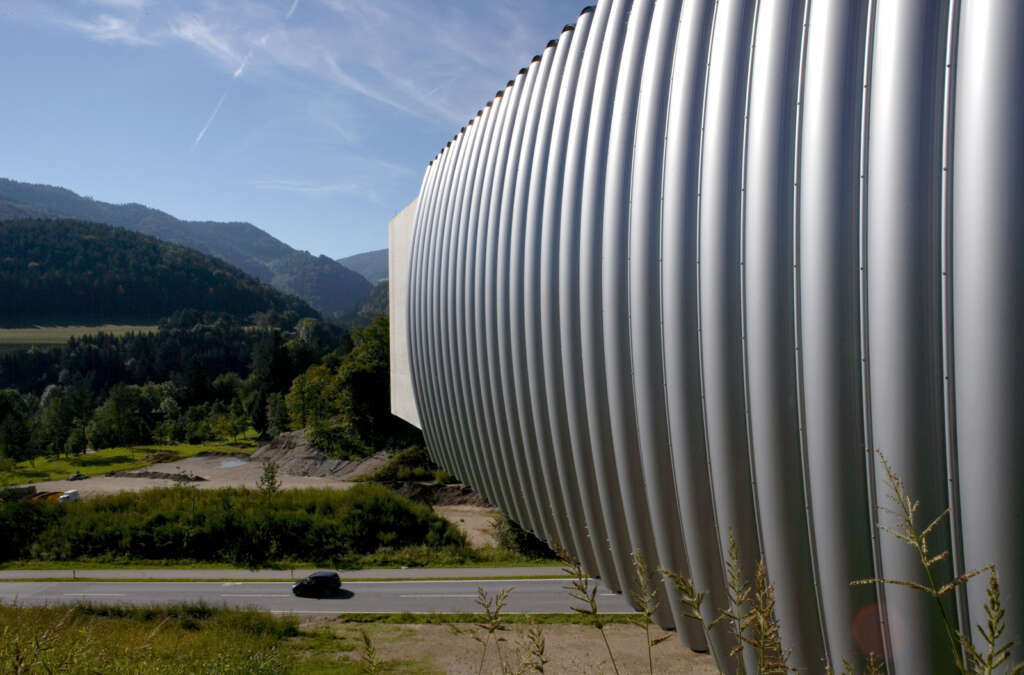
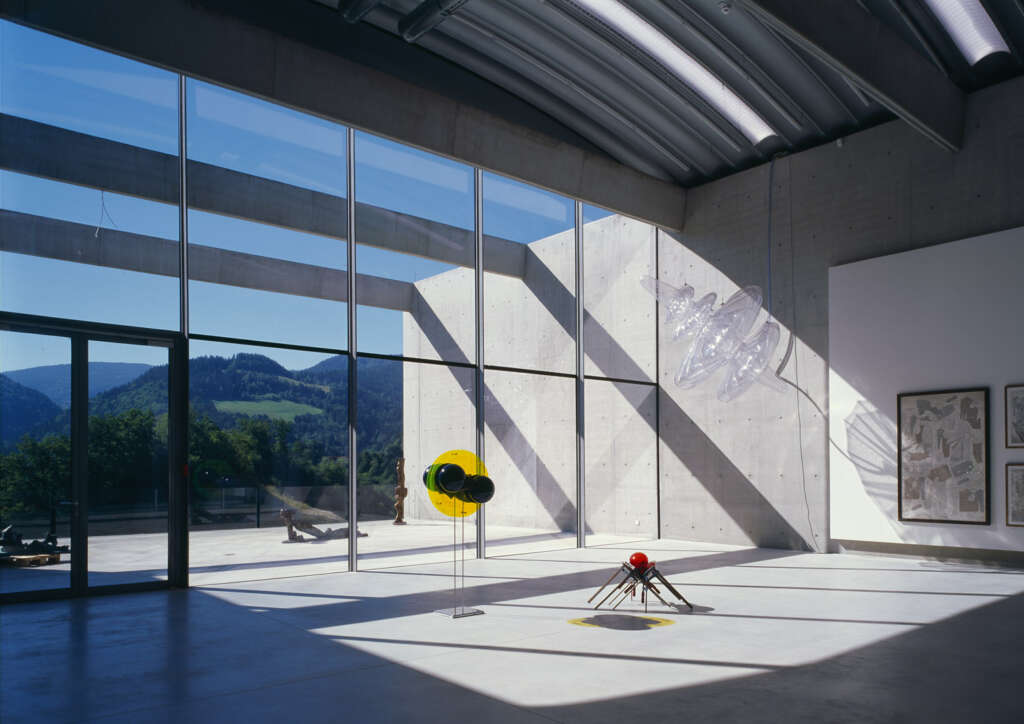
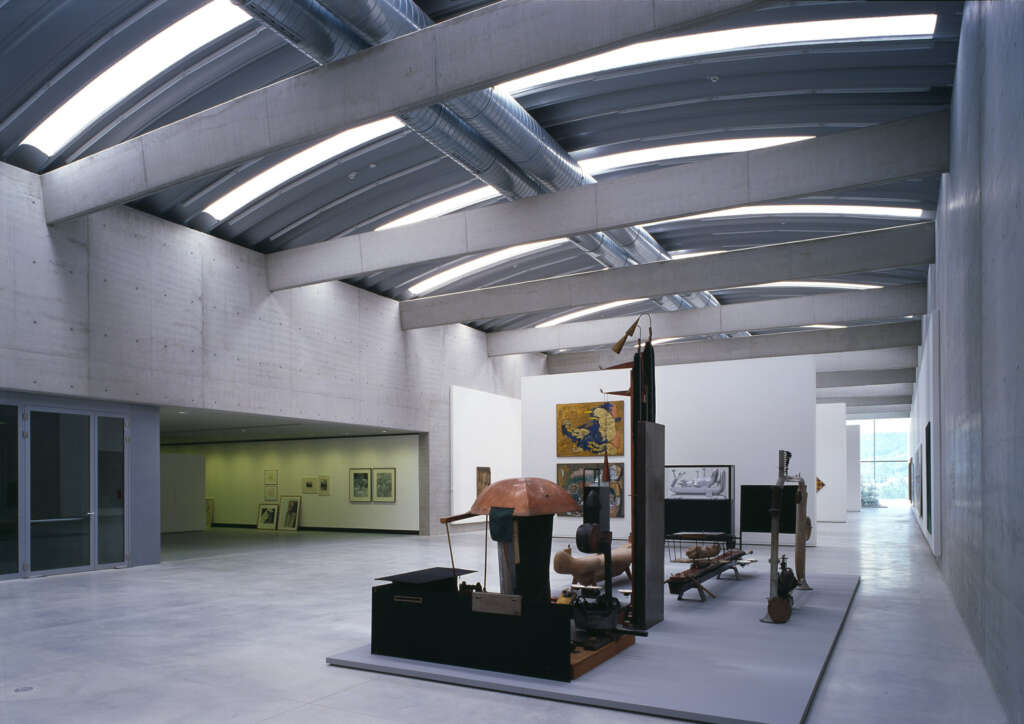
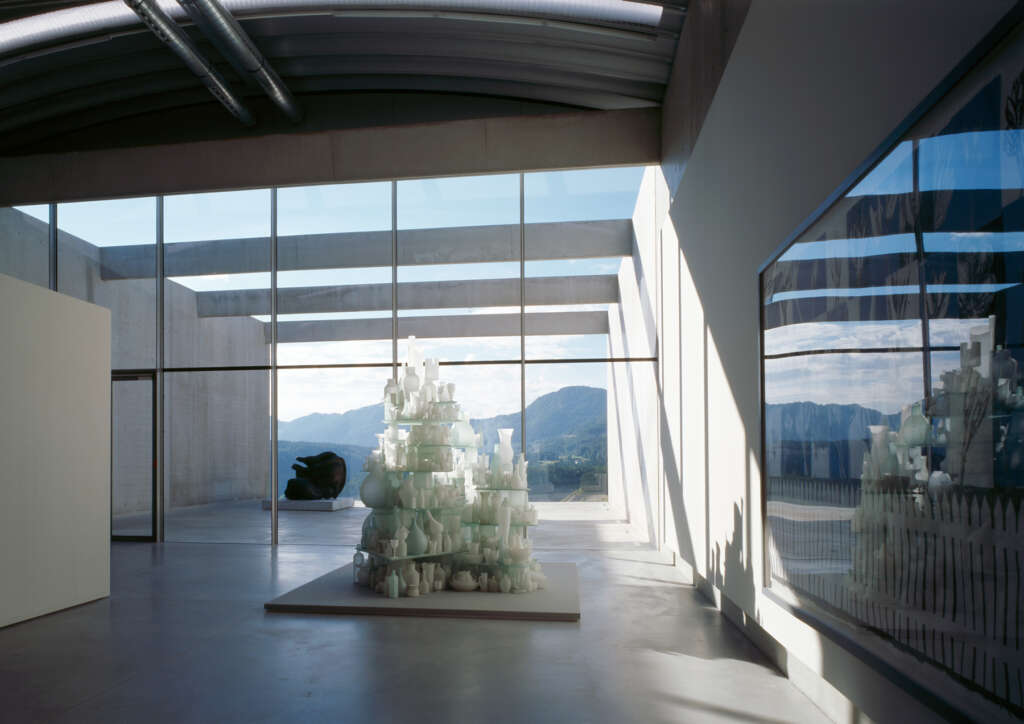
Minor expansion in 2010
The client could be persuaded to give up the idea of constructing a detached hall on the edge of
the forest which was intended for storage of sculptures and equipment. Rather than the original
idea, a cone shaped room was efficiently molded out of fermentation tanks and is perceived as a
small mound in the landscape from the outside. Primarily this room was not constructed for the
public viewing; however, this sacral-like storage has quickly found its function being changed to an
exhibition space.
Class listed monument, 2012
The museum was opened in 2008 and was declared as a listed monument in 2012. With that, the
building became the youngest building in Austria to be placed under preservation order.
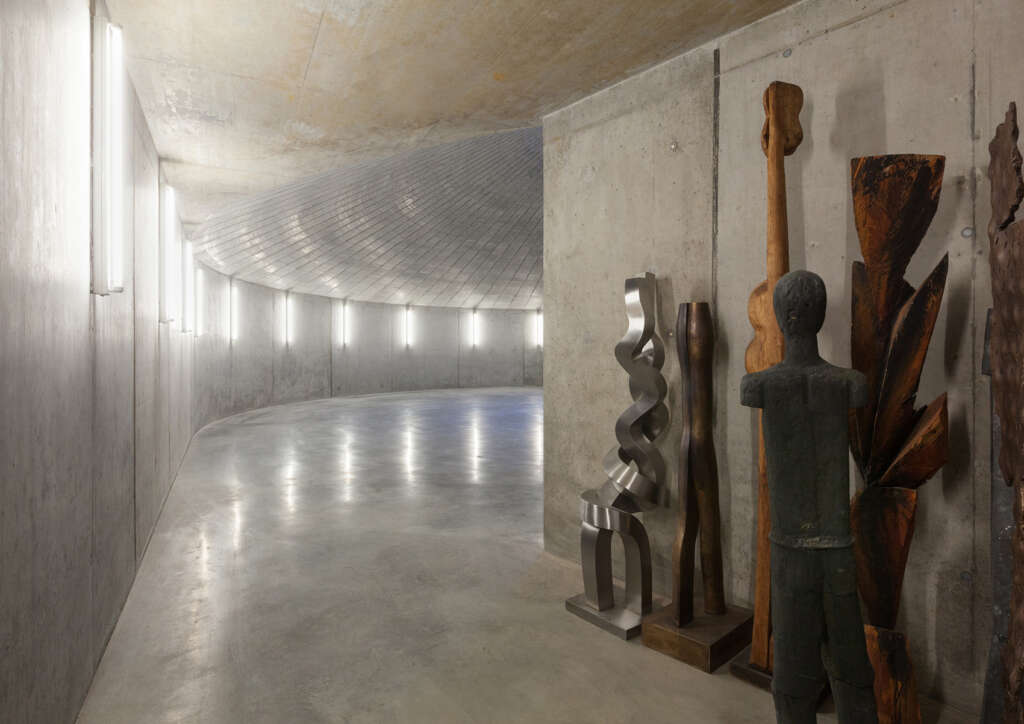

© querkraft – rastl 
© querkraft – rastl 
© querkraft – rastl
The big expansion in 2015
This expansion that was already a part of the 2006 competition proposal, could finally take its form
in 2015. In addition to storage areas and the sculpture garden, a new space for temporary
exhibitions has been added by the main entrance. A long, underground corridor connects the
existing sculpture storage area built in 2012 with the rest of the museum. Attached to the gold
collection room, the new underground rooms for glass and miniature collections have been added
and made accessible through a long ramp. With the new measures it was important to create a
relationship to the outside, providing the visitors with an experience related to the surrounding
scenery as well as the building itself. With that in mind, the selective skylights, a glass gate on the
end of the long corridor and the triangular atrium are an important part of the concept. The
temporary exhibition space, with the inclusion of a library-gallery, has been optically enlarged from
500m2 exhibition space to 700m2 suspended ceiling covering the exhibition space and the library.
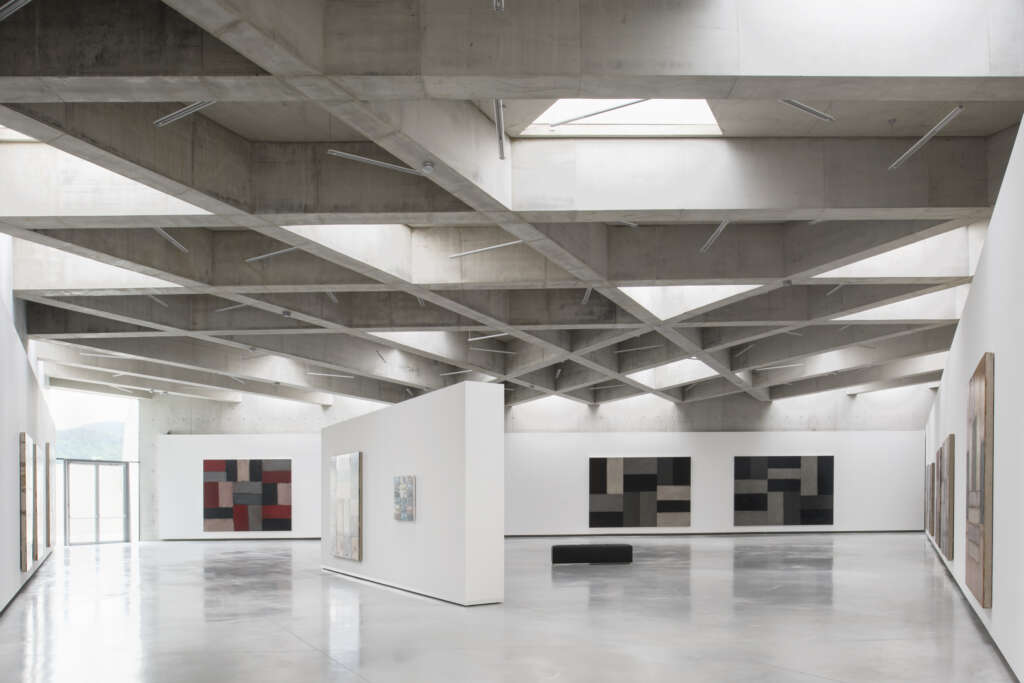
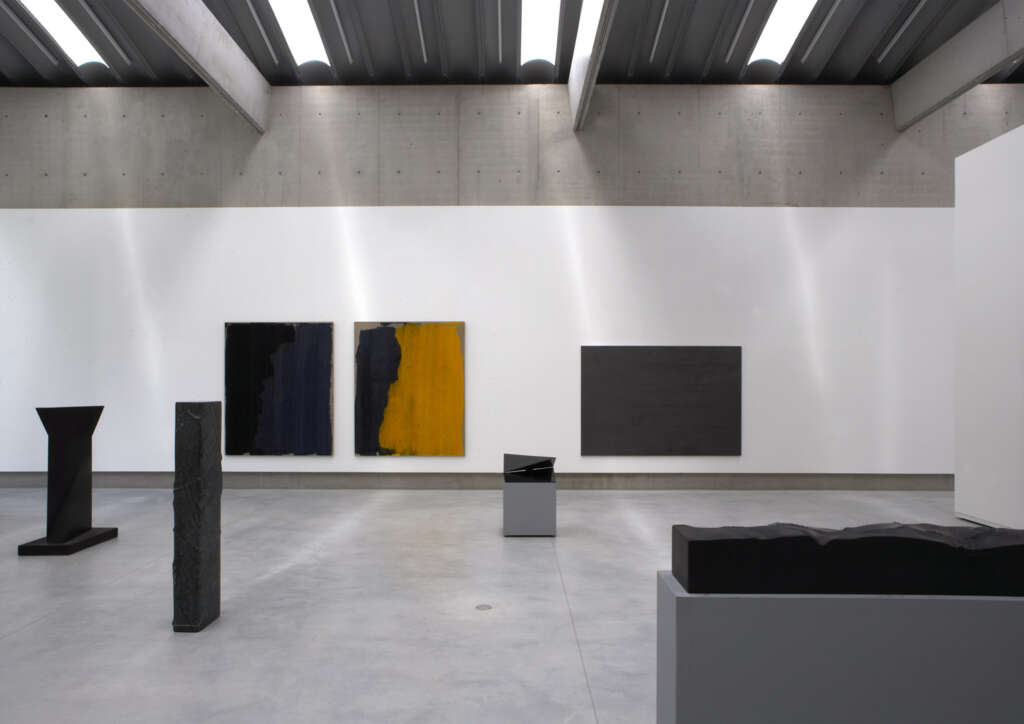
Project Details
- Client: HL Museumsverwaltung GmbH, Dkm. Herbert Liaunig
- Architects: querkraft architects
- Effective area: 7.700 m²
- Structural engineering: werkraum wien ingenieure zt gmbh
- Project management: werkstatt wien





